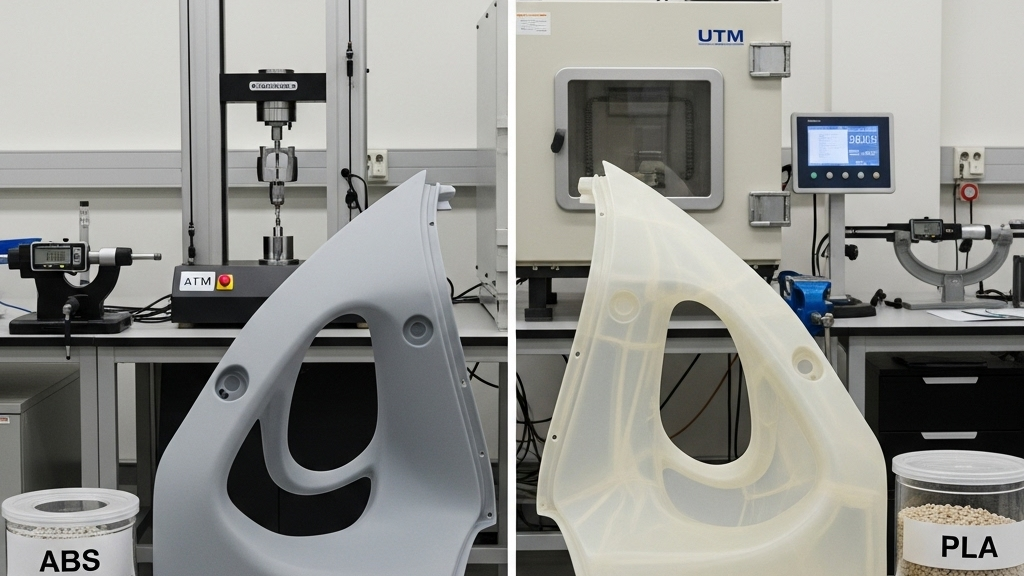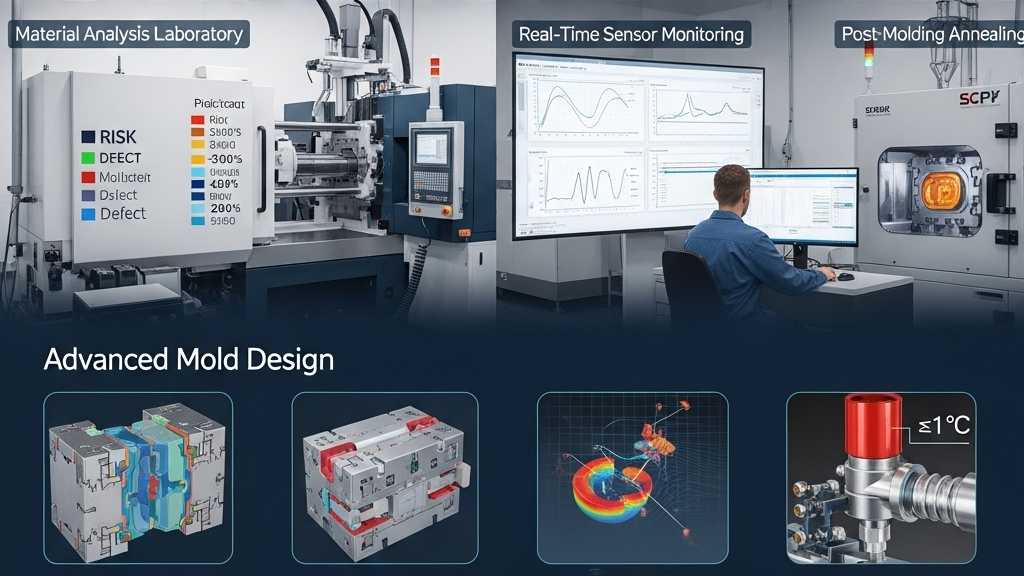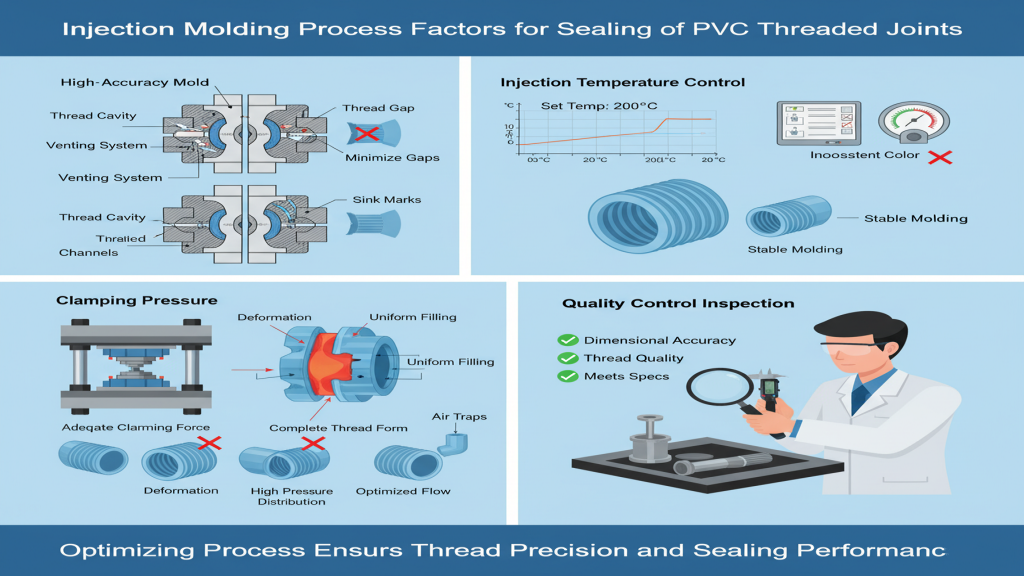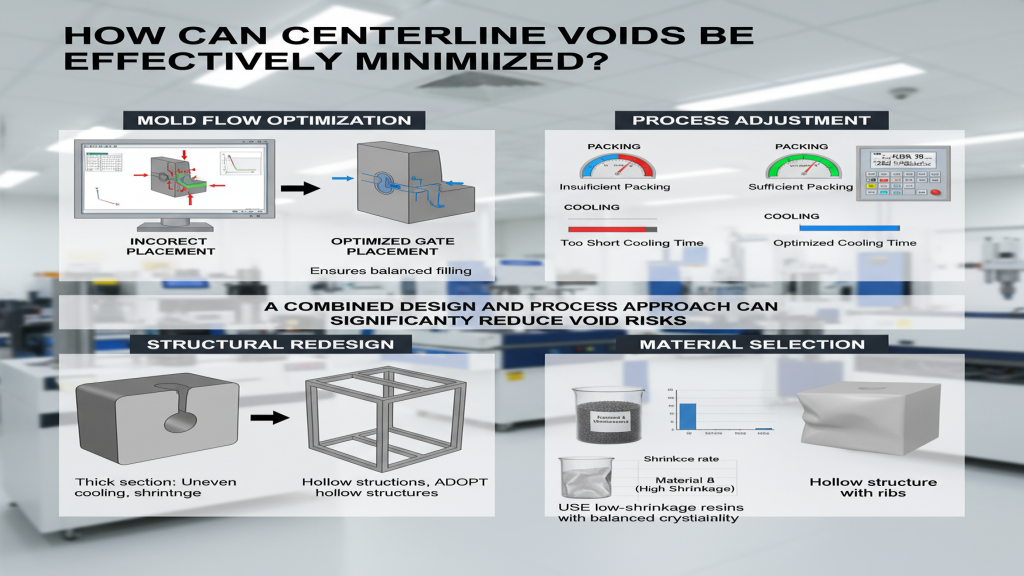Introduction
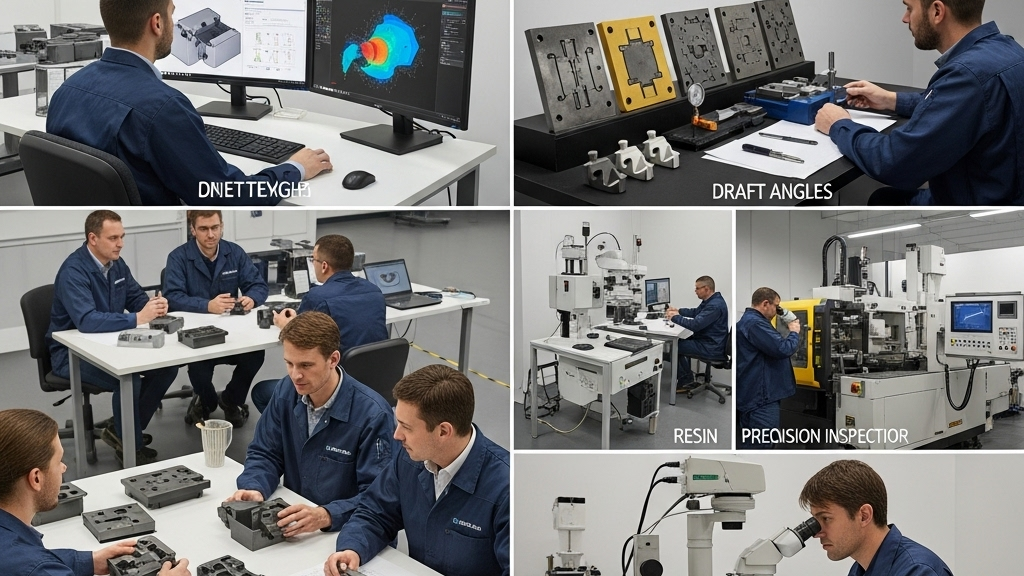
Mold texture is not only about visual aesthetics but also plays a crucial role in demolding efficiency and product consistency. An improper texturing plan often leads to large-scale product rejection. Texture planning must be embedded in the design stage, not patched afterward.
In plastic manufacturing, texture is no longer just decoration—it represents a brand’s quality and user experience. Neglecting texture detail often leads to lost appeal in competitive markets. To ensure both beauty and batch uniformity, texture must be planned during early modeling.
How Does Mold Texture Impact Demolding Performance?
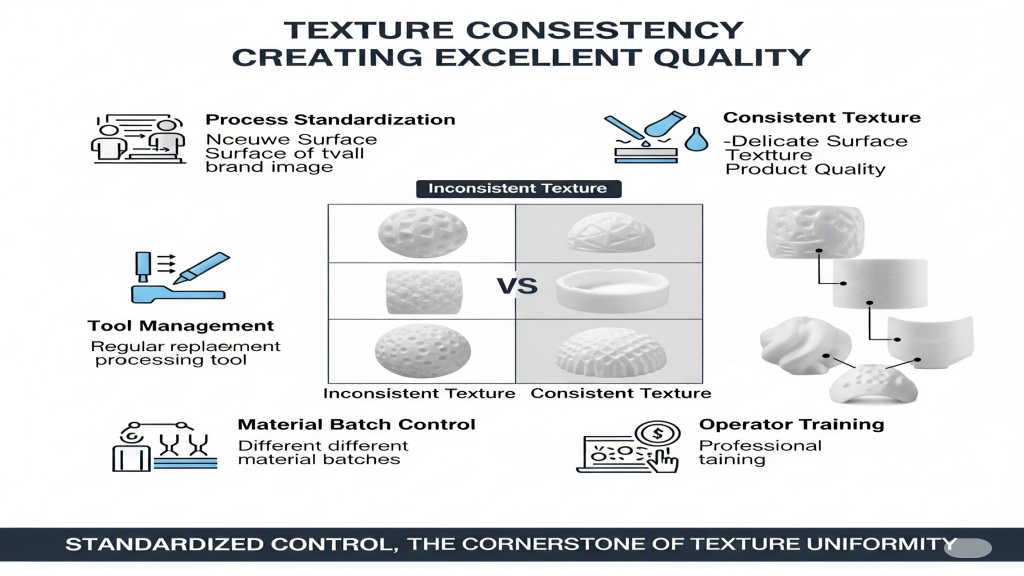
The depth and direction of the texture directly affect how smoothly the part releases from the mold and whether surface defects occur. Deep textures without proper draft angles are prone to dragging and damage. This must be addressed in structural mold design with respect to parting direction and surface tension behavior.
- Texture Depth Control: Texture depth defines demolding resistance.
- Draft Angle Design: Proper angles prevent tearing during demolding.
- Material Shrinkage Ratio: Texture behavior varies with different resins.
- Texture Direction Planning: Aligning with demolding direction reduces risk.
😊 Well-handled surface details are the foundation of smooth demolding
How to Ensure Texture Consistency and Repeatability?
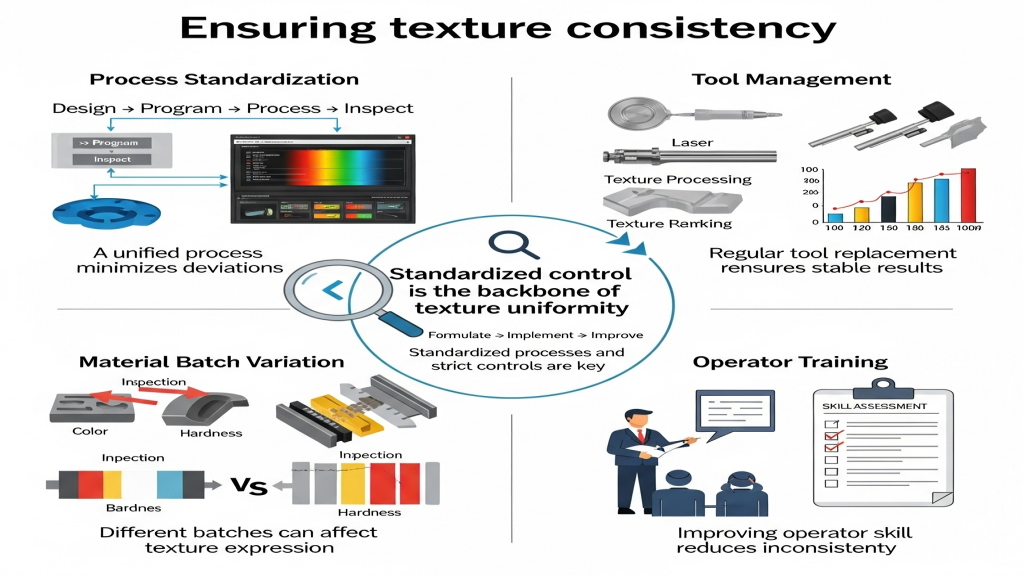
Consistency in mold texture ensures unified product appearance and brand perception. Inconsistent textures are usually caused by differences in cavity machining or improper mold maintenance. The solution lies in standardizing the process, controlling equipment variables, and enhancing inspection protocols.
- Process Standardization: A unified process minimizes texture deviations.
- Tool Management: Regular tool replacement ensures stable results.
- Material Batch Variation: Different batches can affect texture expression.
- Operator Training: Human error is a major inconsistency factor.
🔍 Standardized control is the backbone of texture uniformity
Which Parameters Matter Most in Texture Design?
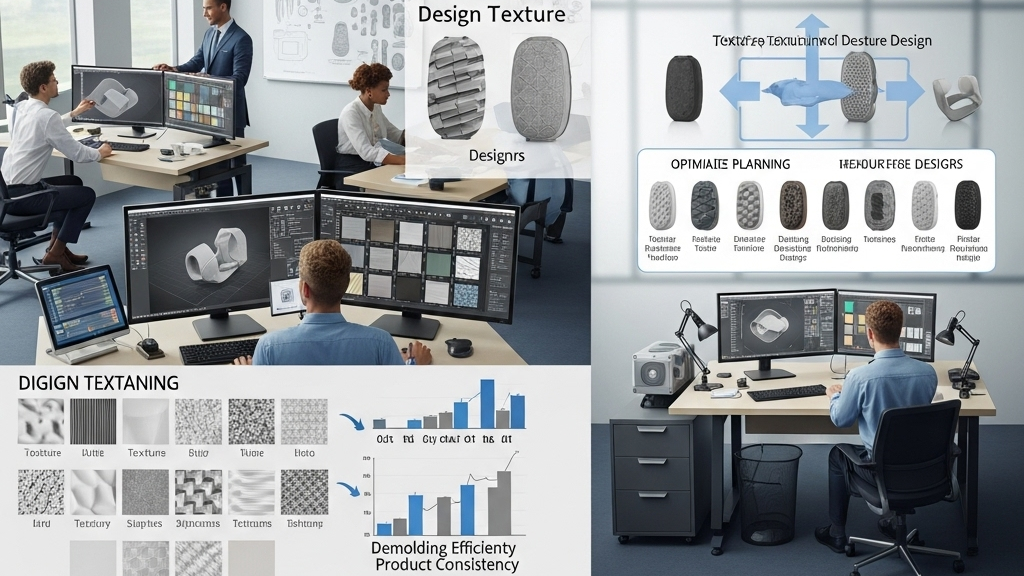
The core parameters in texture design include line orientation, depth, tooling method, and material adaptability. All these elements interact—any uncontrolled factor may amplify product defects. For complex geometries, texture parameters must align precisely with draft directions.
- Surface Roughness: Affects both tactile and visual impact.
- Material Compatibility: Each resin reacts differently to texture accuracy.
- Flow Line Control: Avoid visible weld lines caused by interrupted flow.
- Process Suitability: Each texture requires a specific processing method.
📐 Controlling key parameters enables both beauty and manufacturability
Texture Processing Methods Comparison
| Method | Cost | Durability | Detail Level | Typical Application |
|---|---|---|---|---|
| Sandblasting | Medium | Medium | Rough | General plastic parts |
| Chemical Etching | High | High | Fine | Premium surfaces |
| Laser Engraving | High | High | Ultra-Fine | Logos / Emblems |
| In-Mold Transfer | Mid-High | Medium | Vivid patterns | Multicolor textures |
Expansion
Texture is becoming a key differentiator in product design strategy. From classic sandblasting to advanced in-mold labeling and laser sculpting, textures now "tell stories," not just decorate.Future mold textures will go beyond physical effects and merge materials and dimensions to provide a unified sensory and functional experience.
1.Multi-Material Fusion: Enhances optical illusions and pattern complexity.
2.Reactive Surface Textures: Integrates with lighting or touch.
3.Eco-Friendly Trends: Sustainable texturing methods are on the rise.
4.Digital Control: Texture design embedded in CAD/CAM workflows.
Conclusion
Mold texture is where engineering meets artistry—it’s far from skin-deep. Every detail impacts product feel, appearance, and longevity. We help clients identify and prevent common texture issues from the design stage onward.
Good texture design enhances user experience while reducing downstream rework and waste. It’s a smart, long-term investment that pays off with every cycle.
For expert assistance in implementing for your production needs, visit our resource center or [contact us](https://www.plasticxperts.com/contact). Let’s help you scale up your manufacturing with precision and efficiency!


